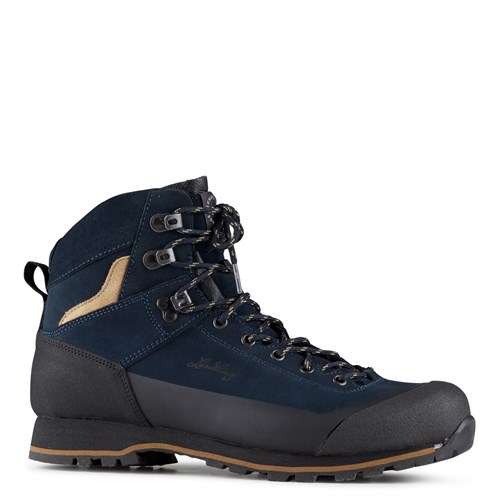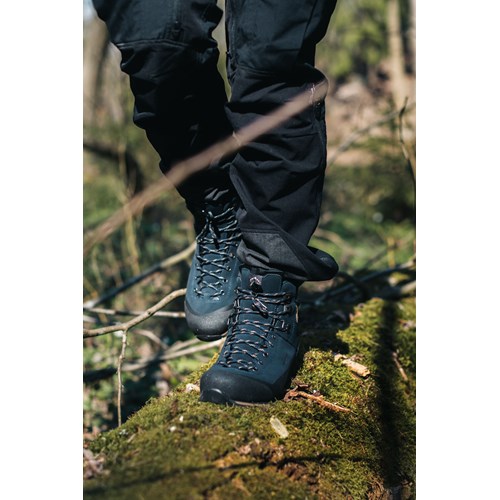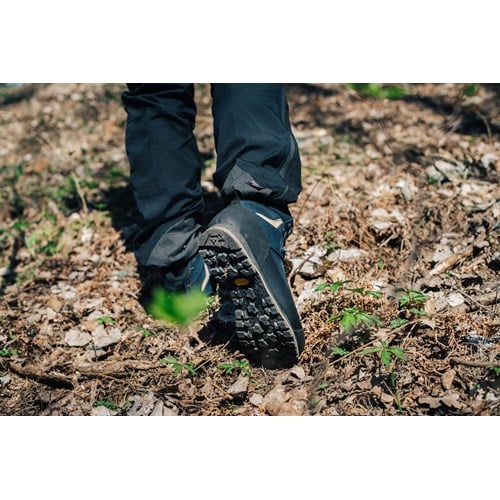Finding the right size
The easiest way to quickly find the right size is:
1. Put on a thin sock and measure your feet from heel to toe
2. Then add 15 mm and;
3. Compare with the sizes in the table below.
| Length last (mm) | EU | UK | US |
| 233 | 35 | 2.5 | 3 |
| 240 | 36 | 3/3.5 | 3.5/4 |
| 246 | 37 | 4/4.5 | 4.5/5 |
| 253 | 38 | 4.5/5 | 5/5.5 |
| 260 | 39 | 5.5/6 | 6/6.5 |
| 266 | 40 | 6/6.5 | 6.5/7 |
| 273 | 41 | 7/7.5 | 7/7.5 |
| 280 | 42 | 8/8.5 | 8/8.5 |
| 286 | 43 | 8.5/9 | 9/9.5 |
| 293 | 44 | 9.5/10 | 10/10.5 |
| 300 | 45 | 10.5/11 | 10.5/11 |
| 306 | 46 | 11/11.5 | 11/11.5 |
| 313 | 47 | 12/12.5 | 12.5/13 |
| 320 | 48 | 12.5/13 | 13/13.5 |




